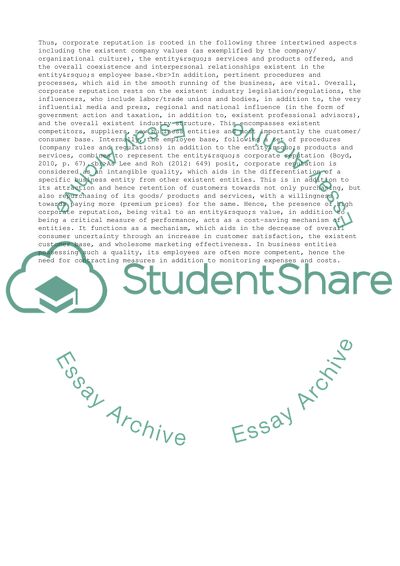Cite this document
(“Corporate Reputation Assignment Example | Topics and Well Written Essays - 3500 words - 2”, n.d.)
Corporate Reputation Assignment Example | Topics and Well Written Essays - 3500 words - 2. Retrieved from https://studentshare.org/management/1616965-benchmarking
Corporate Reputation Assignment Example | Topics and Well Written Essays - 3500 words - 2. Retrieved from https://studentshare.org/management/1616965-benchmarking
(Corporate Reputation Assignment Example | Topics and Well Written Essays - 3500 Words - 2)
Corporate Reputation Assignment Example | Topics and Well Written Essays - 3500 Words - 2. https://studentshare.org/management/1616965-benchmarking.
Corporate Reputation Assignment Example | Topics and Well Written Essays - 3500 Words - 2. https://studentshare.org/management/1616965-benchmarking.
“Corporate Reputation Assignment Example | Topics and Well Written Essays - 3500 Words - 2”, n.d. https://studentshare.org/management/1616965-benchmarking.


